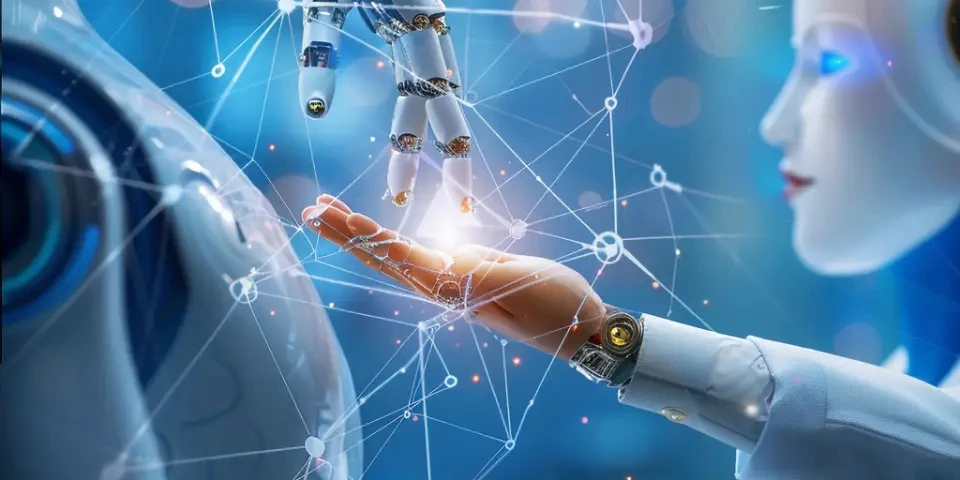Say Goodbye to Damaged Photos How AI-Based Restoration Technology is Rescuing Cherished Memories
Photos are windows into our memories, preserving cherished moments for us to look back on for years to come. Unfortunately, the passage of time often takes a toll on these precious images, leaving them faded, torn, or otherwise damaged. But thanks to the power of AI-based restoration technology, we can now breathe new life into these photographs, restoring them to their former glory. In this article, we will explore how AI-based restoration technology is revolutionizing the preservation of cherished memories.
1. Understanding AI-based Restoration Technology
AI-based restoration technology leverages the capabilities of artificial intelligence to analyze and repair damaged photographs. By applying advanced algorithms, these systems can automatically detect and correct various issues such as scratches, color fading, and even missing parts. This technology has the ability to restore both analog and digital images, ensuring that no memory is lost to the ravages of time.

One notable AI-based restoration technology is Unsharp Mask-based Restoration (UMR), which uses intelligent sharpening techniques to enhance the details and clarity of photographs. By applying localized contrast enhancements, UMR can bring back the sharpness and definition that may have been lost over the years.
2. The Benefits of AI in Photo Restoration
2.1 Time-saving: Traditional photo restoration processes can be time-consuming, requiring meticulous manual retouching. AI-based restoration technology significantly accelerates the restoration process by automating many of the repetitive tasks, allowing us to rescue our memories in a fraction of the time.
2.2 Accuracy: AI algorithms are designed to analyze photographs pixel by pixel, ensuring precise restoration without introducing artifacts or unwanted changes. This level of accuracy guarantees that the restored image closely resembles the original, preserving the authenticity of the memory.
3. Preserving Colors and Details
Color fading is a common issue in old photographs. AI-based restoration technology excels in color restoration by leveraging machine learning algorithms to recognize and reproduce the original colors. These algorithms analyze surrounding pixels and make intelligent predictions about the faded colors, resulting in vividly restored images that retain the essence of the original moment.
Furthermore, AI algorithms can also restore lost or damaged details. By analyzing patterns and relationships within the image, these algorithms can fill in missing information and recreate finer elements, such as facial features or background textures.
4. Restoring Damaged Prints
Torn, ripped, or scratched prints can now be seamlessly repaired using AI-based restoration technology. Advanced algorithms analyze the damaged areas and reconstruct the missing parts, resulting in a seamless restoration of the image. This eliminates the need for manual retouching, making the restoration process more efficient and effective.
5. Enhancing Image Resolution
With AI-based restoration technology, we can also improve the resolution of low-quality or pixelated images. By analyzing the existing data and patterns within the image, AI algorithms can generate additional pixels, effectively enhancing the image resolution without distorting the original content. This enables us to salvage low-resolution photographs and enjoy them in greater detail.
6. AI-based Restoration vs. Traditional Photo Restoration
When comparing AI-based restoration to traditional photo restoration methods, several advantages become apparent. Firstly, AI-based restoration technology is less labor-intensive, as it automates many manual tasks that would typically require hours of work. Secondly, AI algorithms can make intelligent decisions and predictions, resulting in more accurate and consistent restorations compared to human interpretation. Lastly, AI-based restoration can handle a wider range of issues, including complex damage or severe deterioration, that may be challenging for traditional restoration methods.
7. Common Questions and Answers
Q: Can AI-based restoration technology restore severely damaged or completely destroyed photos?
A: While AI technology has made remarkable strides in photo restoration, there are limitations. Severely damaged or destroyed photos may have lost critical visual data that cannot be fully recovered. However, AI algorithms can often mitigate the damage and restore a semblance of the original image.
Q: Are there any risks to using AI-based restoration technology on valuable or delicate photographs?
A: AI-powered restoration technology is designed to be non-destructive and minimize risks to the original photo. However, it is always advisable to make digital copies of valuable or delicate photographs before applying any restoration techniques.
8. Real-Life Examples
8.1 OldPhotoPro: OldPhotoPro is a popular AI-based photo restoration software that utilizes advanced algorithms to breathe life into faded or damaged photographs. The software offers a user-friendly interface and a range of restoration features, making it accessible to both professionals and hobbyists alike.
8.2 Professional Restoration Services: Many professional photographers and restoration studios now offer AI-based restoration services to their clients. These services combine the expertise of restoration professionals with the capabilities of AI technology, ensuring the highest quality results.
Conclusion
By harnessing the power of AI-based restoration technology, damaged and faded photographs can now be revived, allowing us to cherish and share our memories for generations to come. This technology not only saves time and ensures accuracy but also preserves the colors, details, and overall essence of the original image. With AI-based restoration, we can bid farewell to damaged photos and give our cherished memories the attention and care they deserve.
Explore your companion in WeMate